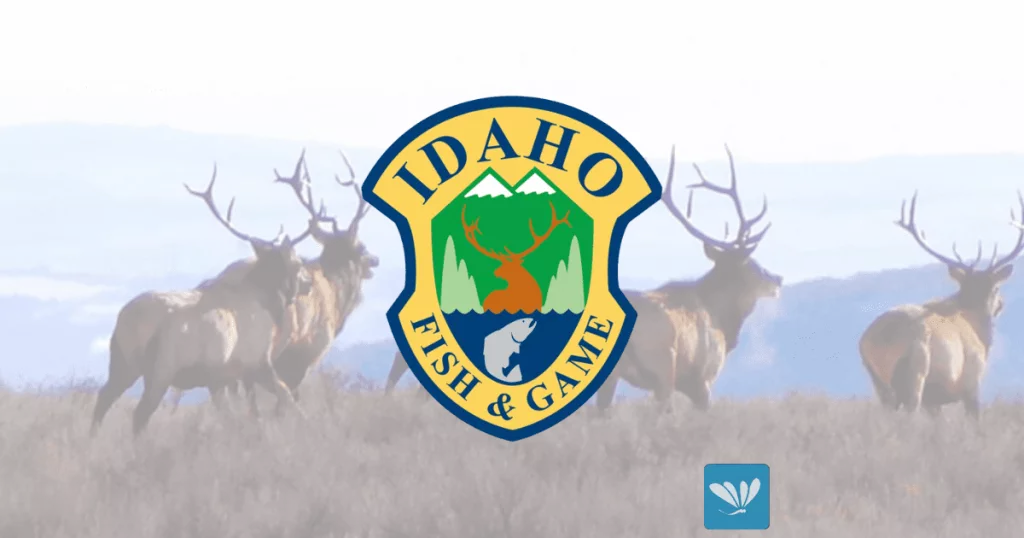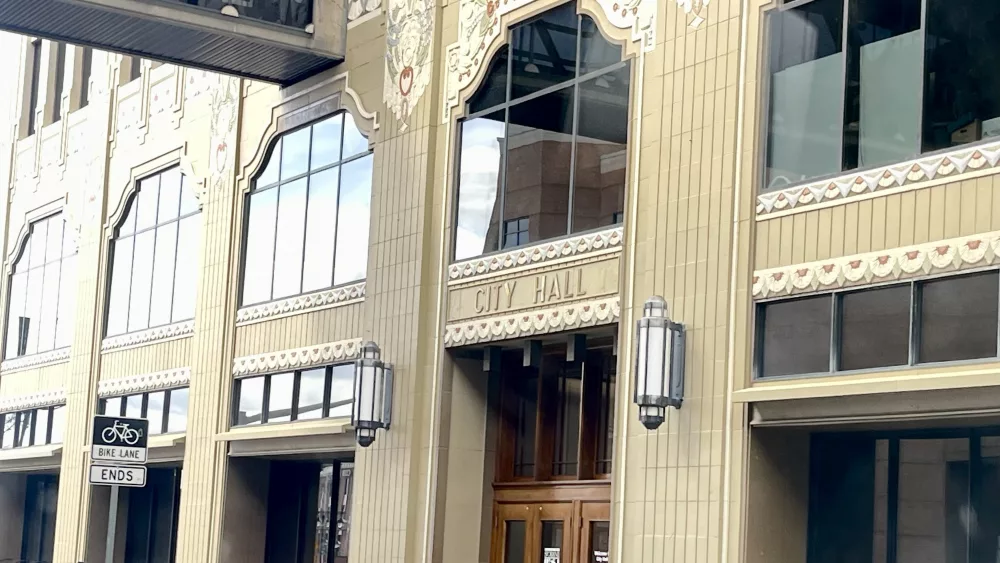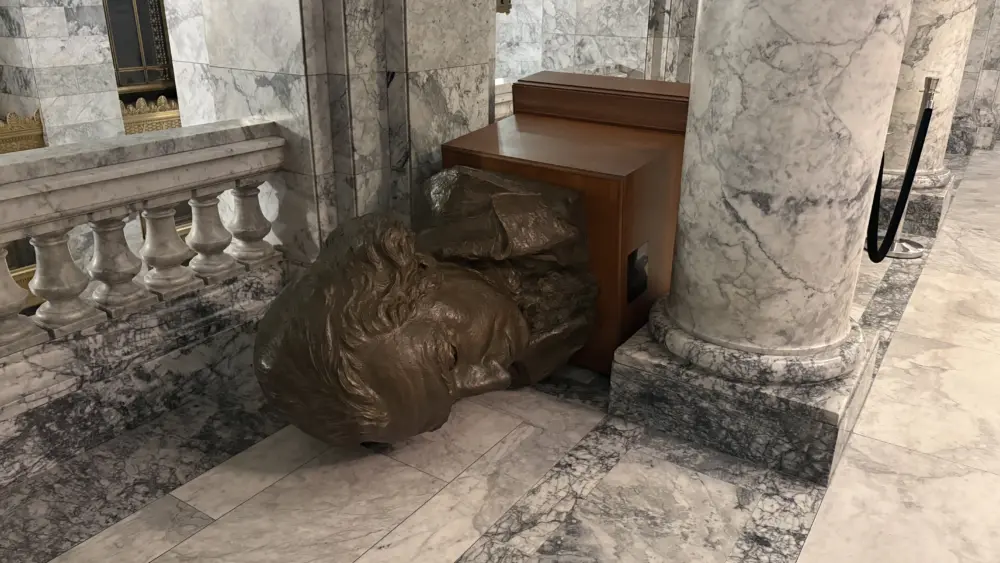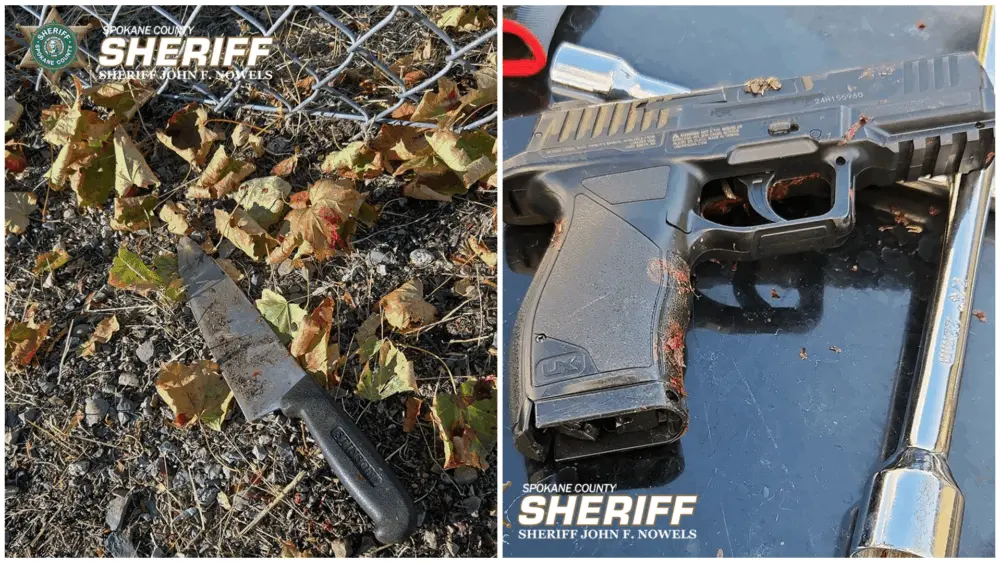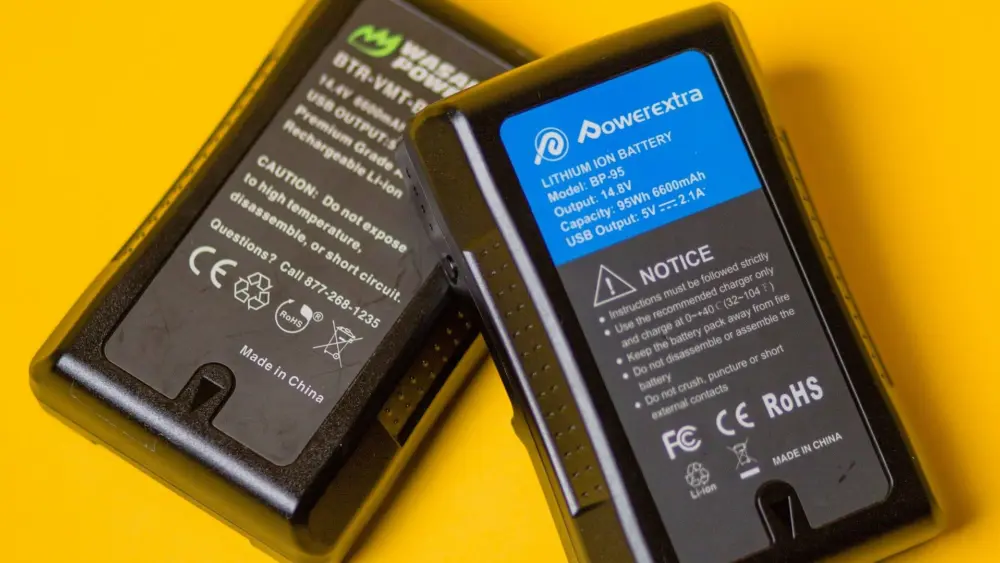idfg-jbrower
The current trend is a positive one, and if we can get Mother Nature to cooperate deer hunting should continue to improve.
The Upper Snake Region conducted two hunter check stations during the weekends of October 12-13 and October 19-20, 2024. Hunter check stations provide the Department with an opportunity to collect harvest information, collect Chronic Wasting Disease (CWD) samples, and directly interact with the hunters. Over these two weekends, 1,299 hunters were checked providing over 200 CWD samples along with meaningful harvest data and hunting condition updates.
The Department values the opportunity to engage with hunters across the entire region and Big Game Check Stations are a great way to do that. This year biologists focused on the northwest and northeast part of the region and were unable to operate check stations in the southeastern units of 66, 67, and 69. Biologists eagerly await the information provided by Mandatory Hunter Reports to provide a more complete picture of harvest numbers throughout the entire region.
2024 check station data from the Upper Snake Region shows that deer hunter success this October was approximately 20% as compared to 15% in 2023. General season harvest rates are a good indicator of deer population trends and this year’s harvest indicates that deer populations are improving. 54% of the mule deer harvested this year were yearlings, which suggests that fawn survival was good last winter. This should help promote stronger numbers in the future as the surviving yearlings become older. In the older deer class, 22.5% harvested this year were a 4-point buck or better.
Hunters stopping at check stations had largely positive reports of seeing more deer than they have over the last couple of years, and the harvest data discussed above supports their observations. Most complaints came from individuals who were frustrated with motor vehicle use on closed roads or within the non-motorized hunt rule area. Overcrowding was also a common complaint in certain areas. The Upper Snake Region wishes to thank hunters for their willingness to participate in these data collection efforts and for providing their honest feedback.
“Although we are not where we hope to be relative to mule deer populations,” says Curtis Hendricks Wildlife Manager in the Upper Snake. “The current trend is a positive one, and if we can get Mother Nature to cooperate deer hunting should continue to improve.”
The Department values the opportunity to engage with hunters across the entire region and Big Game Check Stations are a great way to do that. This year biologists focused on the northwest and northeast part of the region and were unable to operate check stations in the southeastern units of 66, 67, and 69. Biologists eagerly await the information provided by Mandatory Hunter Reports to provide a more complete picture of harvest numbers throughout the entire region.
2024 check station data from the Upper Snake Region shows that deer hunter success this October was approximately 20% as compared to 15% in 2023. General season harvest rates are a good indicator of deer population trends and this year’s harvest indicates that deer populations are improving. 54% of the mule deer harvested this year were yearlings, which suggests that fawn survival was good last winter. This should help promote stronger numbers in the future as the surviving yearlings become older. In the older deer class, 22.5% harvested this year were a 4-point buck or better.
Hunters stopping at check stations had largely positive reports of seeing more deer than they have over the last couple of years, and the harvest data discussed above supports their observations. Most complaints came from individuals who were frustrated with motor vehicle use on closed roads or within the non-motorized hunt rule area. Overcrowding was also a common complaint in certain areas. The Upper Snake Region wishes to thank hunters for their willingness to participate in these data collection efforts and for providing their honest feedback.
“Although we are not where we hope to be relative to mule deer populations,” says Curtis Hendricks Wildlife Manager in the Upper Snake. “The current trend is a positive one, and if we can get Mother Nature to cooperate deer hunting should continue to improve.”

